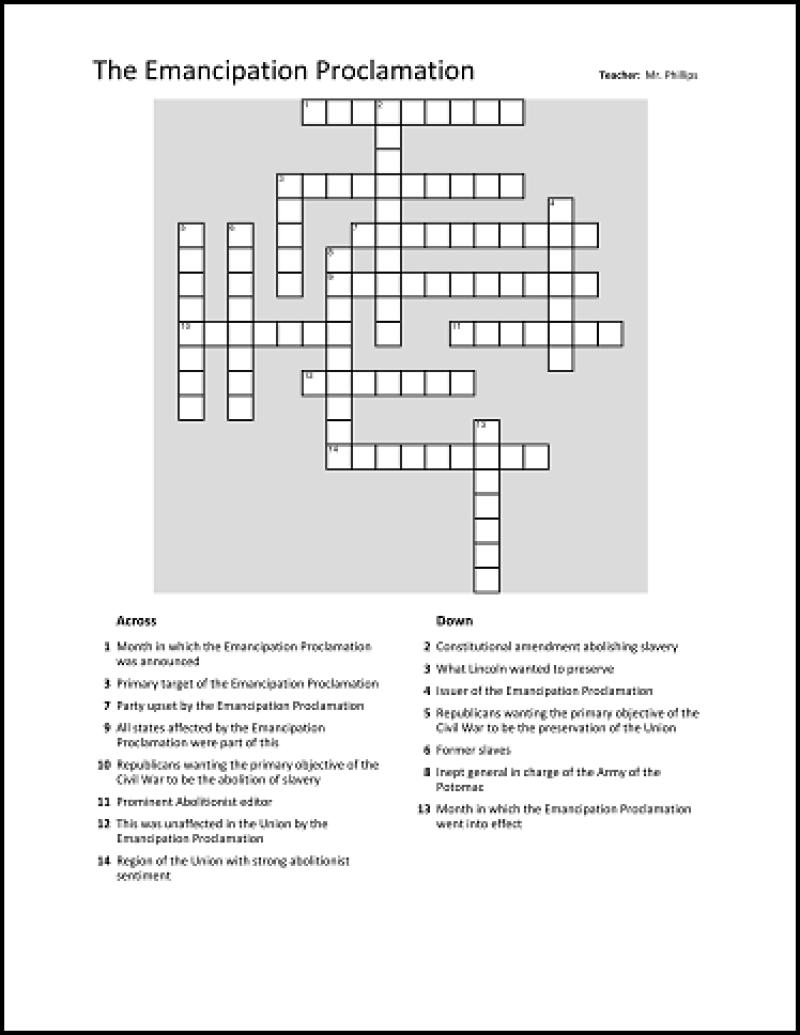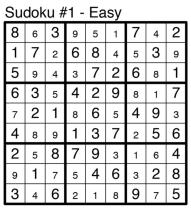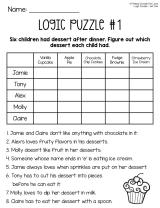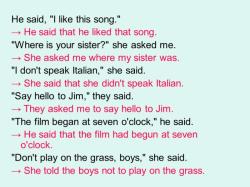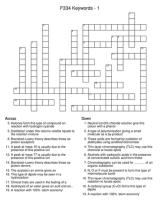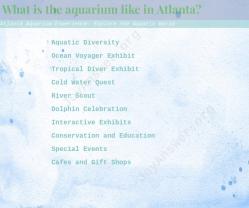How do you create your own crossword puzzle?
Creating your own crossword puzzle can be a rewarding and personalized activity. Here's a step-by-step guide to help you create your crossword puzzle:
Traditional Method:
Start with a Grid:
- Draw a grid on a piece of paper or use crossword puzzle creation software. Decide on the size of the grid based on your preferences or the complexity of the puzzle.
Select a Theme (Optional):
- Choose a theme for your crossword puzzle. Themes can be based on topics, holidays, events, or anything that inspires you. A theme adds coherence to the puzzle.
Decide on the Words:
- List the words you want to include in your crossword puzzle. These words will serve as the answers to the clues. Ensure that the words are appropriate for the difficulty level you have in mind.
Create Clues:
- Write clues for each word. Clues should be clear, concise, and engaging. Consider the difficulty level of your puzzle and tailor the clues accordingly.
Place Words in the Grid:
- Begin placing the words into the grid. Start with longer words and intersect them with shorter words to fill the grid. Make sure words intersect at letters to create a cohesive puzzle.
Fill in the Remaining Squares:
- Fill in the remaining squares with additional words or black squares to complete the grid. Ensure that the puzzle is symmetrical for an aesthetically pleasing layout.
Number the Squares:
- Number the squares with the corresponding clues. This helps solvers identify which clues go with each word.
Check and Edit:
- Review your crossword puzzle for clarity, coherence, and accuracy. Edit the clues and grid as needed.
Online Tools:
Alternatively, you can use online crossword puzzle generators to simplify the process:
Choose an Online Tool:
- Select an online crossword puzzle generator such as Crossword Hobbyist, EclipseCrossword, or others available on the internet.
Sign Up (if required):
- Some online tools may require you to sign up for an account. Create an account if needed.
Start a New Puzzle:
- Use the tool to start a new crossword puzzle. Follow the prompts to set the grid size, theme, and other preferences.
Enter Words and Clues:
- Enter the words and clues into the online tool. The tool will typically guide you through the process, allowing you to preview your puzzle.
Customize Settings:
- Customize the settings, including the appearance, title, and other details of your puzzle.
Save or Download:
- Save your crossword puzzle using the online tool. You may have the option to download the puzzle as a PDF or image file.
Share or Print:
- Share your crossword puzzle with others or print it for personal use.
Whether using the traditional method or online tools, creating your own crossword puzzle allows you to tailor the experience to your preferences and share your creativity with others.
Puzzle creation: How do you create your own crossword puzzle?
To create your own crossword puzzle, you will need the following:
- A list of words or phrases that you want to include in your puzzle.
- A grid to arrange your words and phrases in.
- Clues for each word or phrase.
Once you have your list of words and phrases, you can start arranging them in the grid. Be sure to leave enough space between words and phrases so that they do not overlap.
Once you have arranged your words and phrases in the grid, you can start writing clues for each one. Clues can be simple and straightforward, or they can be more challenging and require the solver to think critically.
Here are some tips for writing good crossword puzzle clues:
- Be clear and concise.
- Avoid using too many words or phrases in your clues.
- Use a variety of different types of clues, such as definition clues, riddle clues, and pun clues.
- Make sure that your clues are appropriate for the age and ability level of your target audience.
Step-by-step guide to crafting a personalized crossword puzzle for entertainment or educational purposes
Here is a step-by-step guide to crafting a personalized crossword puzzle for entertainment or educational purposes:
- Choose a theme for your crossword puzzle. This will help you to narrow down your list of words and phrases.
- Generate a list of words and phrases that are related to your theme. You can use a brainstorming technique or a word generator tool.
- Select the words and phrases that you want to include in your puzzle. Be sure to choose a variety of words and phrases of different difficulty levels.
- Create a grid to arrange your words and phrases in. Be sure to leave enough space between words and phrases so that they do not overlap.
- Write clues for each word or phrase. Be clear, concise, and creative when writing your clues.
- Test your crossword puzzle to make sure that it is solvable.
- Revise your puzzle as needed.
- Share your puzzle with others to enjoy!
Tips for puzzle enthusiasts and educators in designing engaging crossword puzzles
Here are some tips for puzzle enthusiasts and educators in designing engaging crossword puzzles:
- Choose a variety of different clue types. This will make your puzzle more challenging and interesting for solvers.
- Use clues that require solvers to think critically. This will help to develop their problem-solving skills.
- Include a mix of easy and difficult clues. This will make your puzzle more accessible to solvers of all ability levels.
- Use humor and puns in your clues. This will make your puzzle more fun for solvers.
- Format your puzzle in a clear and easy-to-read way. Use bolding and italics to highlight important information.
- Proofread your puzzle carefully before sharing it with others. This will help to ensure that your puzzle is free of errors.
By following these tips, you can create engaging crossword puzzles that will be enjoyed by solvers of all ages and ability levels.
